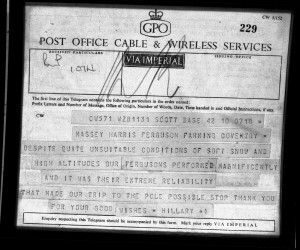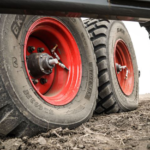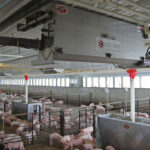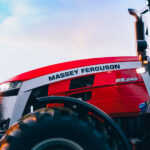To the Pole . . . by Massey Ferguson Tractor!
Reliability is always high on the priority list when shopping around for new farm machinery. Here is a story based on some extreme conditions that you probably won’t face in your everyday life, but truly demonstrates the necessity to purchase...
To the Pole . . . by Massey Ferguson Tractor!
Reliability is always high on the priority list when shopping around for new farm machinery. Here is a story based on some extreme conditions that you probably won’t face in your everyday life, but truly demonstrates the necessity to purchase...Reliability is always high on the priority list when shopping around for new farm machinery. Here is a story based on some extreme conditions that you probably won’t face in your everyday life, but truly demonstrates the necessity to purchase a reliable machine . . .
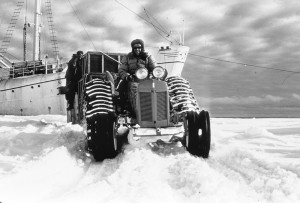 On January 4 1958, driving trusty Ferguson TE20 ‘Fergie’ tractors, Sir Edmund Hillary and his team became the first overland explorers to reach the South Pole since Captain Scott’s expedition in 1912, and the first EVER to do so using mechanised vehicles.
On January 4 1958, driving trusty Ferguson TE20 ‘Fergie’ tractors, Sir Edmund Hillary and his team became the first overland explorers to reach the South Pole since Captain Scott’s expedition in 1912, and the first EVER to do so using mechanised vehicles.
In his now famous telegram he told the ‘Massey-Harris- Ferguson Farming Company’:
“Despite quite unsuitable conditions of soft snow and high altitudes our Fergusons performed magnificently and it was their extreme reliability that made our trip to the Pole possible. Stop. Thank you for your good wishes = Hillary”
At the time the press described this as the ‘The Last Great Journey in the World’, although the expedition’s official title was The Commonwealth Trans-Antarctic Expedition 1955-58. Led by Englishman Sir Vivian Fuchs its aim was to be the first to cross the continent overland while gathering scientific data.
Fuchs’ plan was to make the journey from each side of the continent with teams including men from Britain, New Zealand, Australia and South Africa.
Hillary led the New Zealand team and their primary role was to set up depots and stash supplies of fuel, food and equipment in a line towards the Pole.
It was this supply work, which first brought Hillary into contact with the Ferguson TE20s. The tractor had already established itself a good Antarctic reputation in 1954 when one tractor worked for 565 hours without the need for a single repair after arriving on the continent on February 13 in temperatures of -10° C.
So when faced with unloading and transporting 500 tonnes of stores across 16 km from the ship to his base camp it is not surprising Hillary turned again to the Fergie: “For unloading the ship it was necessary, of course, to have vehicles. Our problem was overcome by the generosity of Massey-Harris- Ferguson in the UK and their agents in C.B. Norwood in New Zealand. These firms lent us five Ferguson tractors modified to operate in snow conditions,” he wrote.

They were fitted with full tracks and painted red (as opposed to the normal Ferguson grey) to make them easier to spot in the snow.
Hillary’s journey across Antarctica traversed deep crevasses in the snow and ice. Eventually the team reached Depot 700 on 15 December 1957 – despite nearly losing a tractor down a crevasse. It (and its driver) was only saved by the roll-bar jamming against the wall of the ice and holding the vehicle up.
On reaching this destination Hillary commented: “Our Ferguson’s had brought us over 1250 miles (2000 km) of snow and ice, crevasses, soft snow and blizzard to be the first vehicles to drive to the South Pole.”
One of the actual Ferguson TE20s (named ‘Sue’ by the team) that was used on this remarkable expedition is now in the Massey Ferguson Technology Centre in Beauvais, France.
What extreme conditions do you put your tractor through?

